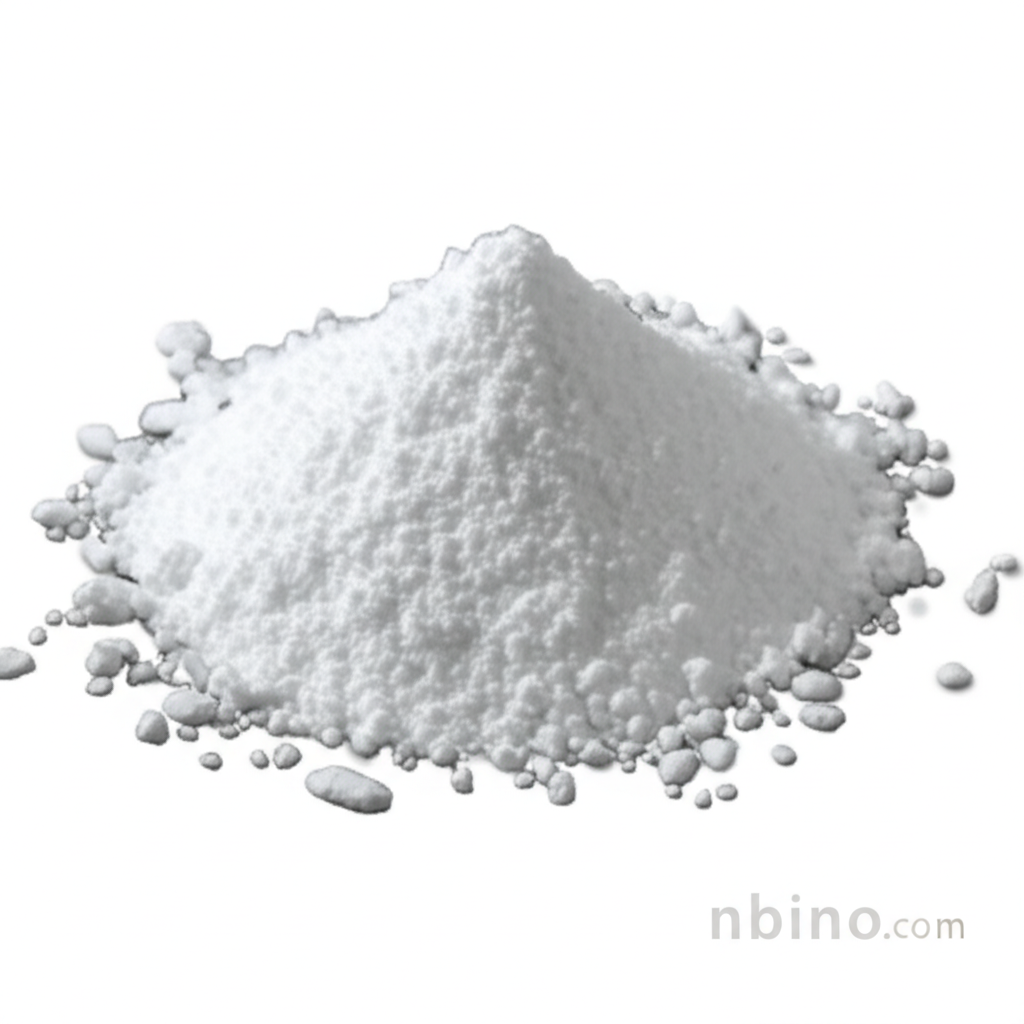Fmoc-Lys(Mtt)-OH: A Key Player in Peptide Synthesis and Drug Development
Discover the essential properties, applications, and benefits of this vital amino acid derivative.
Get a Quote & SampleProduct Core Value

Fmoc-Lys(Mtt)-OH
Fmoc-Lys(Mtt)-OH is a highly versatile Fmoc-protected amino acid derivative indispensable for modern peptide synthesis and drug discovery. Its unique structure, featuring the Mtt (4-methyltrityl) protecting group on the lysine side chain, allows for selective deprotection, enabling the synthesis of complex and branched peptide structures. This compound plays a pivotal role in creating targeted therapeutics and advancing research in various biomedical fields.
- This essential Fmoc amino acid derivative is crucial for precise peptide synthesis, facilitating the creation of complex sequences with high purity.
- Leveraging Fmoc-Lys(Mtt)-OH in drug development enhances the stability and efficacy of novel peptide-based therapeutic agents.
- Bioconjugation applications are significantly improved with this lysine derivative, enabling targeted drug delivery systems.
- Researchers utilize Fmoc-Lys(Mtt)-OH in protein engineering to precisely modify lysine residues, advancing synthetic biology.
Key Advantages
Selective Side-Chain Protection
The Mtt group on Fmoc-Lys(Mtt)-OH offers selective cleavage under mild acidic conditions, preserving other protecting groups and peptide integrity, crucial for complex peptide synthesis.
Enhanced Peptide Structure Control
This derivative is invaluable for synthesizing branched peptides and peptides modified at the epsilon position of lysine, allowing for greater structural diversity in peptide research.
Facilitates Advanced Research Applications
Its utility extends to constructing templates for combinatorial chemistry and research in areas like targeted cancer therapy, showcasing its broad applicability.
Key Applications
Peptide Synthesis
Fmoc-Lys(Mtt)-OH is a cornerstone reagent in solid-phase peptide synthesis (SPPS), enabling the efficient incorporation of lysine residues with orthogonal side-chain protection.
Drug Development
It is instrumental in pharmaceutical research for developing peptide-based drugs, improving their pharmacokinetic properties and therapeutic efficacy.
Biotechnology
This compound aids in bioconjugation, allowing peptides to be linked to biomolecules, essential for creating diagnostics and targeted therapies.
Chemical Biology
Researchers use it for precise modifications in protein engineering and for creating molecular probes in chemical biology studies.
